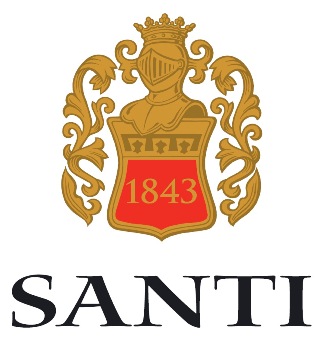ANTJE GAMBLE: MARINO MARINI AND THE MARKET FOR EUROPEAN SCULPTURE IN THE USA AFTER WWII
November 19, 2019
In a 1950 interview for the New York Times, Marino Marini lamented that the plight of sculptors in Italy was “very bad […] and people have no place to put sculpture.” The sculptor’s woes connected the low market to the post-war reconstruction as well as to a slow move by architects to “create space for sculpture [where…] sculpture can assert itself in it, define it, give scale, and bring spiritual meaning.” With the slow European market for art, hindered by the physical reconstruction efforts, Marini and his contemporaries, like Henry Moore, found a market for sculpture in the booming USA after WWII. Americans were building. They were building homes, opening and expanding museums, and funding new cultural organizations, and they ultimately used sculpture to ‘define it’. This paper will consider the market and its cultural implications of Marini’s work in the US during this period.
In the 1950s and early 60s, works by Marini were purchased for public and private collections alike. Notably, iconic works were cast multiple times, sometimes in various sizes and materials—some in gold or silver, rather than bronze. A notable example is the Cavaliere cast for Edgar Kaufmann’s house by Frank Lloyd Wright called Fallingwater would later be commissioned for Peggy Guggenheim’s house in Venice, with the title Angelo della Città. The familiarity of his subjects, like dancers and equestrians, combined with Marini’s innovative use of media solidified the sculptor’s success with American collectors. From Nelson Rockefeller to Alexandre Rosenberg, Marini’s work was championed with the help of a 1949 exhibition at MoMA and the savvy representation by gallerist Curt Valentin.
The talk will be preceded by a sampling of wines and light bites courtesy of Santi. The Italian winery has been a leading producer in the Valpolicella area since the 1800’s. With its dedication to quality and its unique aging process, Santi offers a series of beautiful wines for every palate.
Antje K. Gamble received her Ph.D. in History of Art at the University of Michigan. Her research focuses on Italian modernist sculpture in the middle of the twentieth-century. From Fascism to the Cold War, Dr. Gamble’s work examines the exhibition, sale, and critical reception of Italian art and how it shaped and was shaped by national and international socio-political shifts. She is currently an assistant professor of Art History in the Department of Art & Design at Murray State University in Kentucky.
Her scholarship has been included in the recent volume Postwar Italian Art History Today: Untying ‘the Knot’(Bloomsbury Press, 2018), where her chapter titled “Buying Marino Marini: The American Market for Italian Art after WWII” looks at politicized collection practices during the early Cold War. She also has two forthcoming essays: one on the 1949 exhibition “Twentieth Century Italian Art” at the Museum of Modern Art (MoMA) for a book due out late 2019 (The First Twenty Years at MoMA 1929-1949, Eds. Sandra Zalman and Austin Porter. London: Bloomsbury Press.), and another on the 1947-48 ceramic Crocifisso by Lucio Fontana for a 2020 Art Institute of Chicago (AIC) exhibition catalogue. Dr. Gamble is also working on a book project looking at the interdisciplinary importance of the 1950-53 exhibition “Italy at Work: Her Renaissance in Design Today” organized by the Art Institute of Chicago and the Brooklyn Museum and funded by the Marshall Plan.
During the CIMA-affiliated fellowship at the Civitella Ranieri Foundation, Dr. Gamble will be completing a book manuscript on the work of sculptor Marino Marini that tracks aesthetic shifts, both in parallel and opposition to larger geo-political shifts within and outside of Italy from Fascism through the beginning of the Cold War.
In partnership with:

